Amazon Makes FBA Liquidations Default and Mandates Donations from Sept 2025
Effective: September 30, 2025 (U.S. & Canada) Amazon is overhauling its inventory recovery programs. Starting
Google Shopping Feed optimization is a game-changer for online sellers seeking to strategically position their products in front of a highly targeted audience.
Imagine your products seamlessly surfacing on Google’s search results, capturing the attention of potential customers who are actively seeking what you offer. This is not just a possibility but a tangible outcome of a well-optimized Google Shopping Feed.
Google Shopping Feed optimization involves fine-tuning the information you provide about your products, ensuring it aligns perfectly with what users are searching for. This optimization process holds a pivotal role in the success of online sellers for several reasons.
Therefore, It’s capable of transforming your product listings from mere entries in a vast digital catalog to compelling, click-worthy product listings that guide users smoothly from search queries to completed transactions.
What makes a killer Google Shopping feed. No rocket science, it’s just the basics you need for your online store to shine. In the realm of Google Shopping Feed Optimization, integrating these best practices is crucial for success.
The product title, description, images, price, and availability are to be compelling and customer-centric. As a result, it will make your product way easier to spot by the shoppers eagerly on lookout for such products.
In the dynamic landscape of eCommerce, visuals have a profound impact on user engagement and conversion rates. Therefore, high-quality images stand out as one of the key players.
Image credit – Amazon
Optimizing the product title not only boosts the reach among target customers but also provides a positive and informative experience for potential customers.
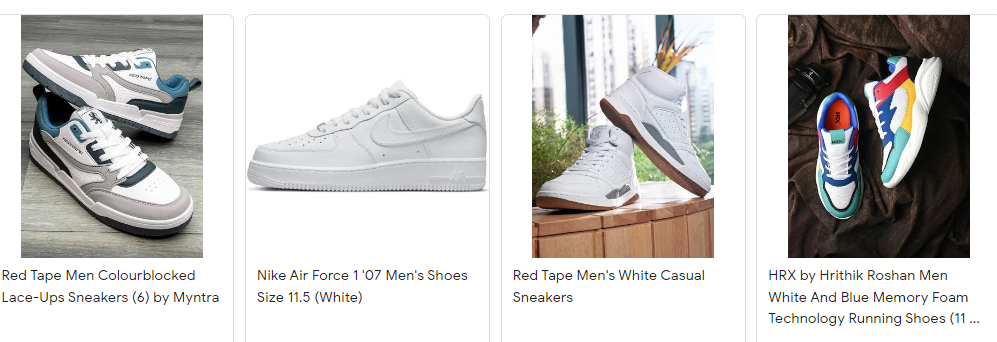
Image Credit – Google.com
The Pro Tip – Ensure that the product description provides pertinent details about the item, emphasizing its relevance to the user. Take the opportunity to incorporate additional benefits, such as free shipping, color variations, size options, and material specifications, and articulate why these features are valuable to the prospective buyer.
In the dynamic realm of online retail, the CedCommerce Google Feed app emerges as an indispensable tool for Google Shopping sellers. This app streamlines the optimization of product data, offering sellers a user-friendly interface coupled with comprehensive features to enhance their listings.
Technique: Infuse your product descriptions with storytelling elements. Hence, it creates a narrative that takes potential buyers on a journey, helping them envision how the product fits into their lives.
Example: “Embark on a culinary adventure with our artisanal olive oil. Picture yourself drizzling the liquid gold over a vibrant summer salad, the sun-kissed flavors dancing on your palate.”
Technique: Clearly articulate the unique selling points of your product. What sets it apart? Why should someone choose your product over others? Use concise and impactful language to highlight these USPs.
Example: “Unleash the power of productivity with our state-of-the-art laptop. Lightning-fast processing, feather-light design, and a battery that keeps up with your busiest days—experience the pinnacle of efficiency.”
Technique: Provide potential buyers with all the information they need to make an informed decision. Include details such as sizing, color options, and materials used, enhancing the overall shopping experience.
Example: “Indulge in luxury with our cashmere blend sweater. Choose from a palette of rich hues, and revel in the unmatched comfort of premium cashmere and silk—crafted for elegance and warmth.”
One of the often overlooked but crucial aspects is the optimization of categories and product types.
A well-optimized categories and product types play a pivotal role in ensuring your products are accurately classified and easily discoverable by potential customers.
Be specific when defining product types. Include detailed information about your products such as size, color, material, and other relevant attributes. This ensures accurate representation and better matches with user queries.
Think about how potential customers might search for your products. Align your categories and product types with common search queries to increase visibility and match user intent effectively.
Familiarize yourself with Google’s product taxonomy. Accurate categorization ensures your products appear in relevant searches. Leverage Google’s suggested categories to align with their system.
Aforementioned tips will enhance the browsing experience for shoppers, making it easier for them to find what they’re looking for and increasing the likelihood of conversions.
A well-optimized Google Shopping Feed transforms your product listings from mere entries in a vast digital catalog to compelling, click-worthy listings that guide users seamlessly from search queries to completed transactions.
It’s the difference between being lost in the crowd and standing out in the spotlight. As the e-commerce landscape continues to evolve, staying committed to these optimization practices will not only keep your product listings relevant but also drive sustainable success in the ever-expanding digital marketplace.

Effective: September 30, 2025 (U.S. & Canada) Amazon is overhauling its inventory recovery programs. Starting

TikTok has rolled out a set of new support tools for TikTok Shop creators, aiming

Amazon has launched FBA Damaged Inventory Ownership, a program that lets sellers take direct control
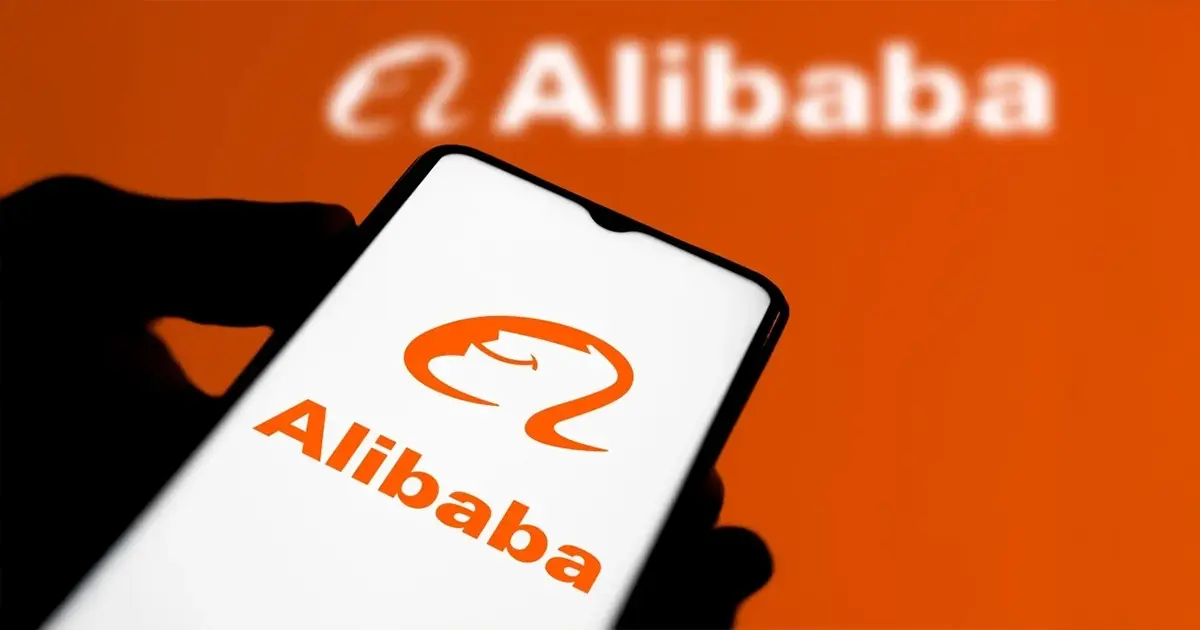
Alibaba Group has unveiled a sweeping restructuring of its consumer-facing operations, merging Taobao, Tmall, Ele.me,
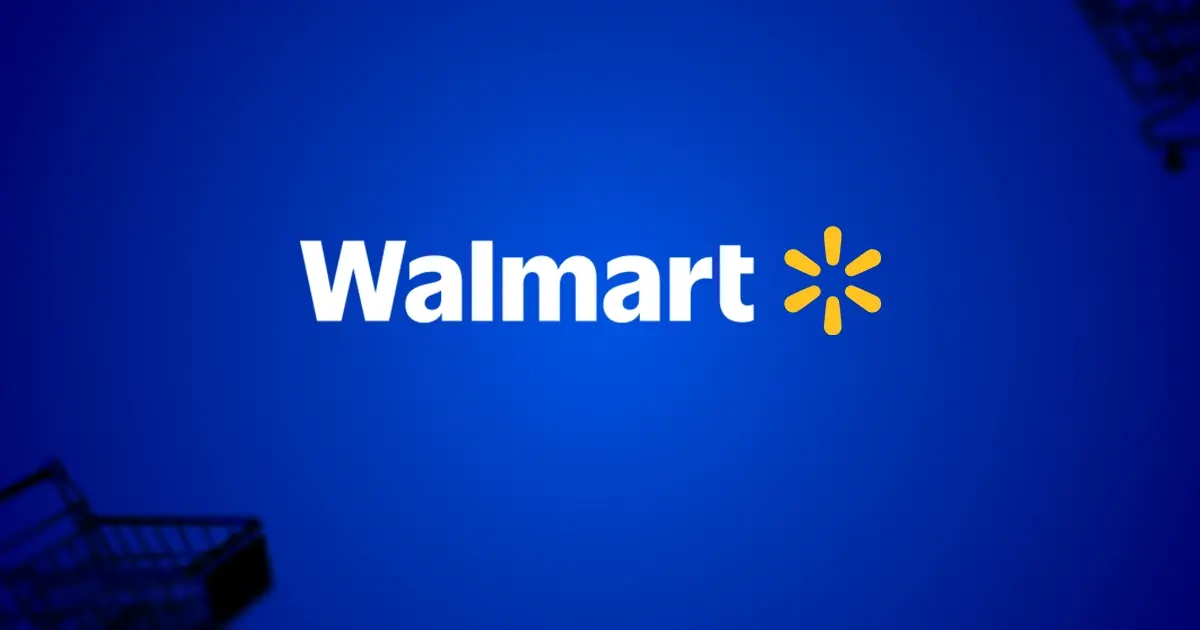
Walmart is ramping up its efforts to recruit merchants from the United Kingdom and continental

Amazon is doubling down on artificial intelligence in eCommerce with the launch of Lens Live,

For the first time since 2020, U.S. consumers are planning to cut back on holiday

Temu, the rapidly growing eCommerce platform, has announced the launch of its Local Seller Program

Etsy has announced important updates to its new Etsy Payments Policy, effective October 9, 2025,

Amazon has launched its first-ever “Second Chance Deal Days“ sales event in Europe, exclusively featuring

The Update Amazon has strategically resumed its Google Shopping ad campaigns across all international markets—
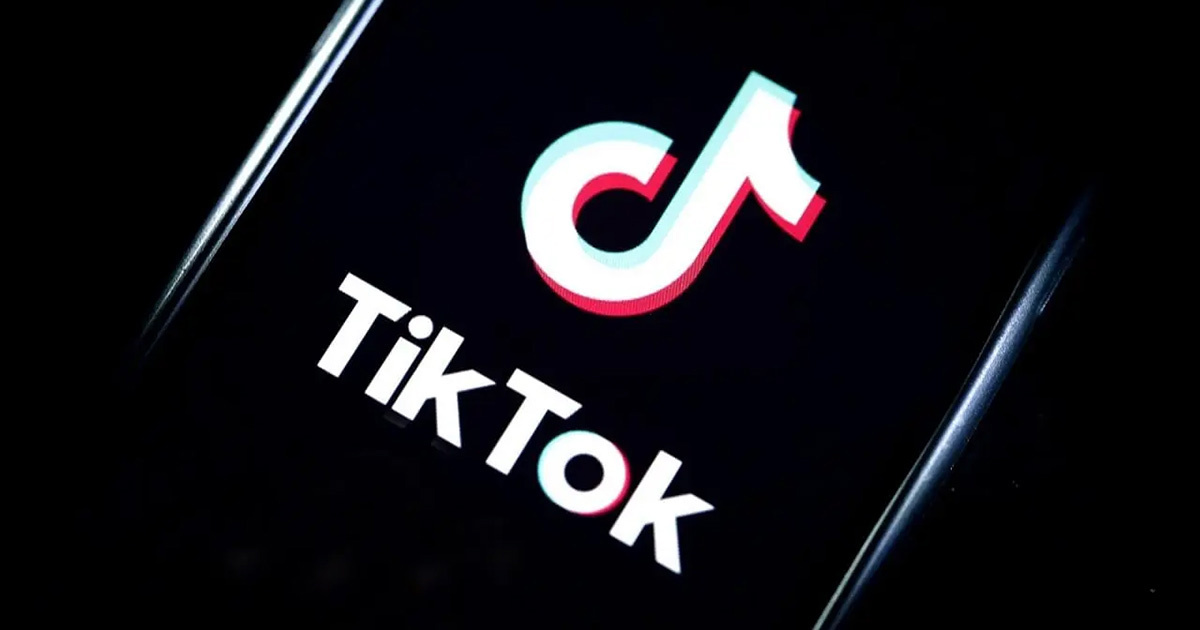
TikTok has updated its account policies, LIVE rules, monetization eligibility, and enforcement measures. The changes
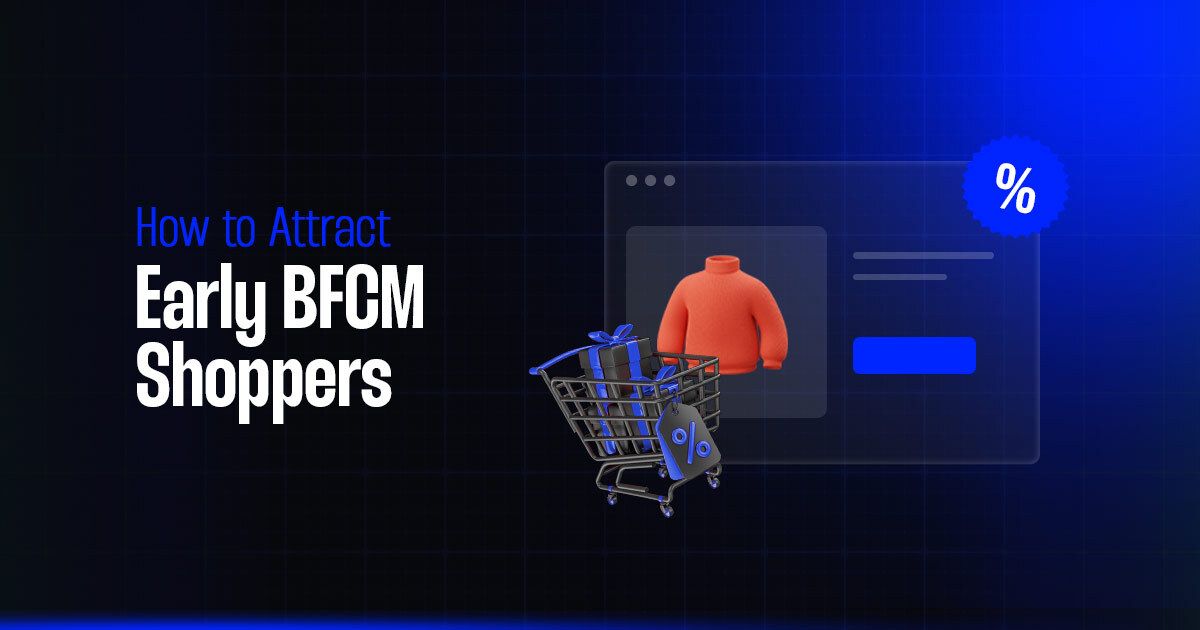
Think Black Friday is when holiday shopping begins? Think again. Your future customers are already
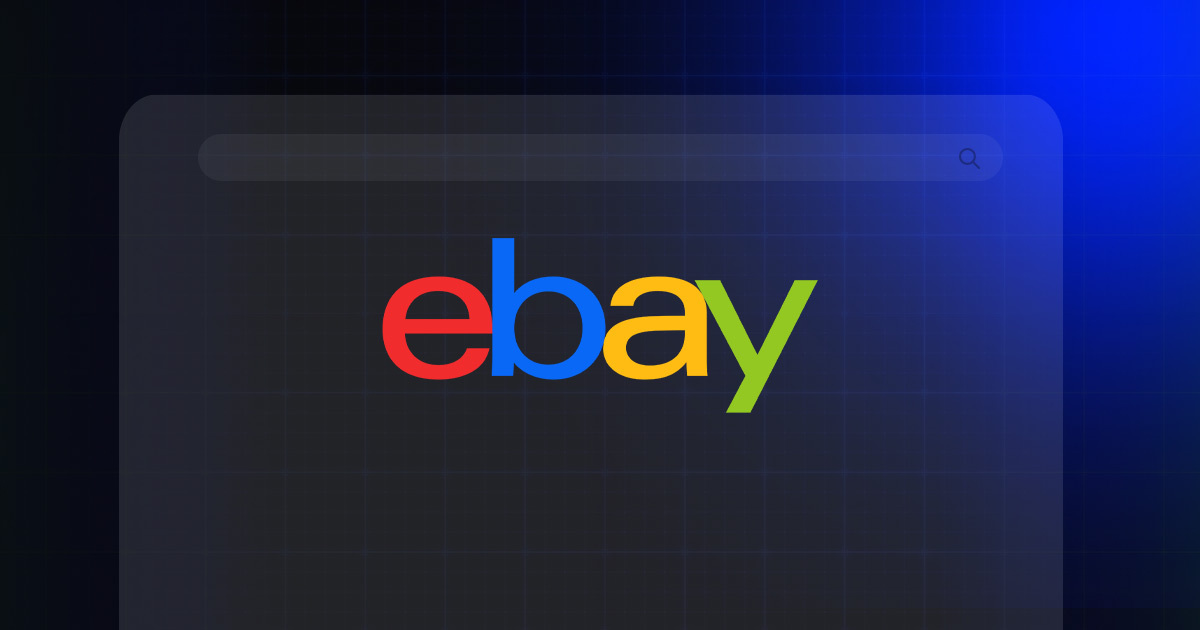
eBay is rolling out eBay Live in the UK, offering sellers a new way to

eBay is giving its auto parts and accessories marketplace a tune-up, announcing the launch of

Walmart is set to revamp its Pro Seller Program at the end of September 2025,

Pinterest is diving headfirst into the burgeoning secondhand market with the launch of “Thrift Shop,”

Why Pinterest Is a Growth Channel for Etsy Sellers Discovery drives eCommerce growth. With 482

In a strategic move to enable smaller businesses with global ambitions, international logistics giant DHL
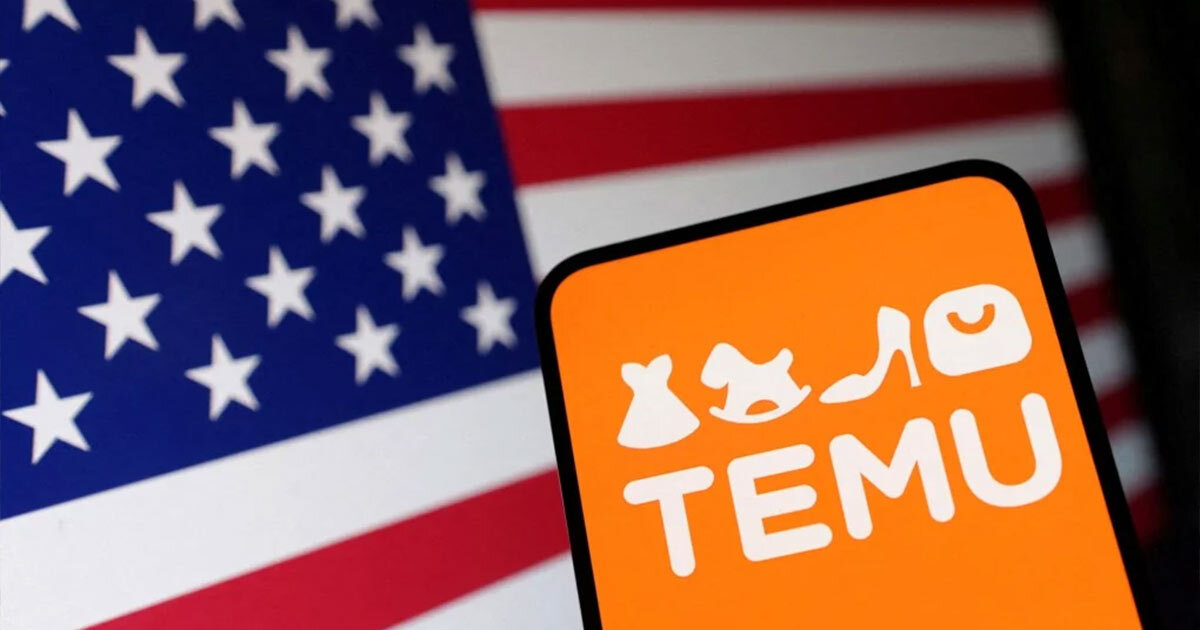
In a turn of events that highlights the volatility and responsiveness of global eCommerce logistics,